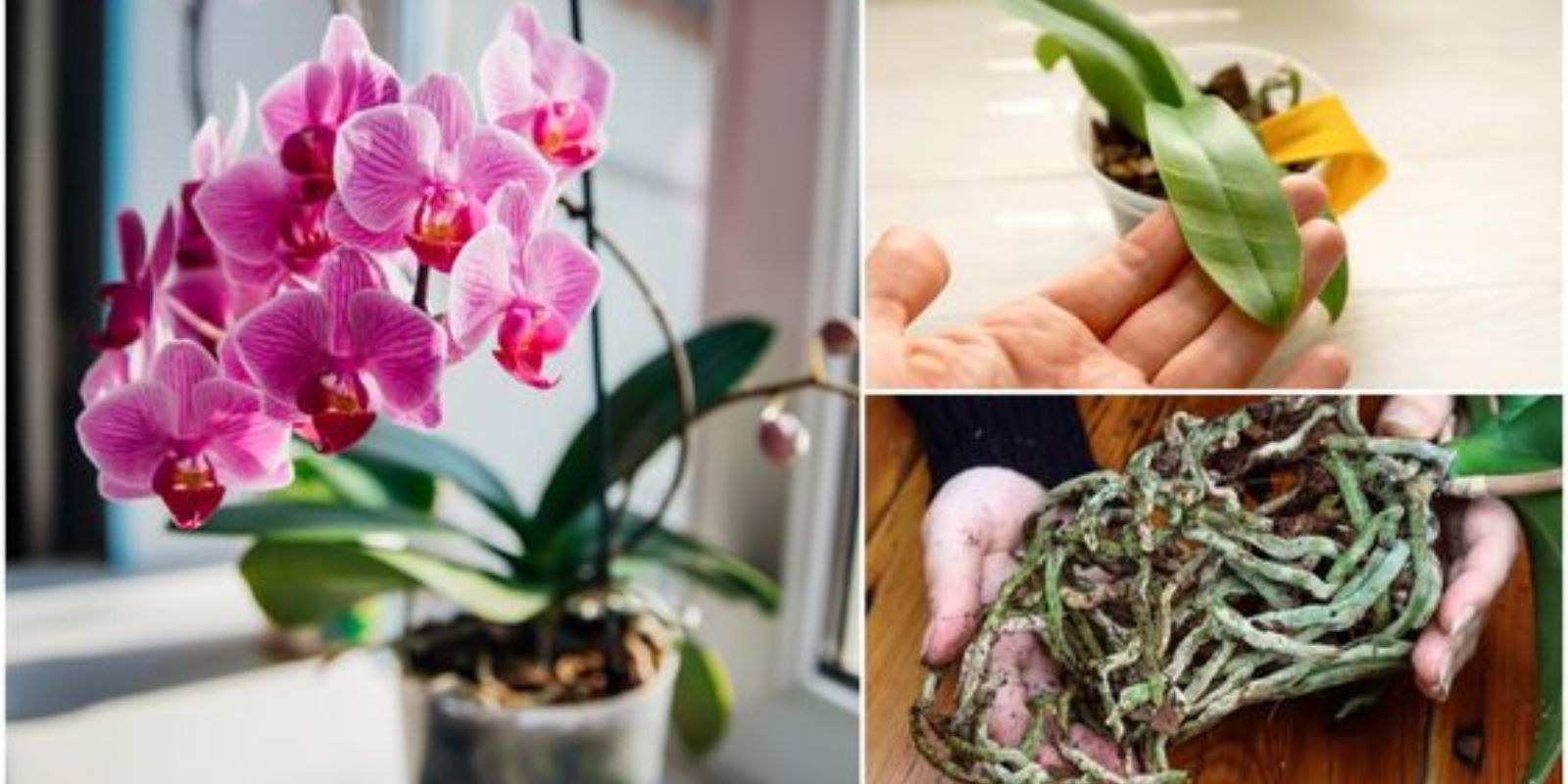Orchids are some of the most exquisite and diverse flowers in the plant kingdom, renowned for their stunning blooms and elegant appearance. Despite their sophisticated look, orchids are relatively easy to care for with the right knowledge. Proper care can lead to vibrant, long-lasting flowers and a healthy, thriving plant. This comprehensive guide will walk you through the essential steps to ensure your orchids bloom beautifully and remain in top condition.
Introduction to Orchid Care
Orchids (Orchidaceae) are a large and diverse family of flowering plants, with over 25,000 species and numerous hybrids. Their unique flowers can range in color, shape, and size, making them a favorite among gardeners and indoor plant enthusiasts. Despite their exotic allure, orchids are relatively adaptable and can thrive with proper care. Understanding their needs and providing the right environment will help you enjoy their spectacular blooms and maintain plant health.
Essential Steps for Beautiful Orchid Blooms and Health
1. Choose the Right Pot
Selecting the appropriate pot is crucial for orchid health:
- Drainage: Orchids require excellent drainage to prevent root rot. Choose a pot with multiple drainage holes or use a specialized orchid pot that ensures excess water escapes.
- Size: The pot should be just slightly larger than the root system. Orchids prefer to be a bit root-bound, so avoid using a pot that is too large.
2. Provide Proper Light
Light is a key factor in orchid health and blooming:
- Light Requirements: Most orchids thrive in bright, indirect light. Direct sunlight can scorch their leaves, so place the plant in a spot where it receives filtered light, such as near a north or east-facing window.
- Artificial Light: If growing orchids indoors, consider using fluorescent or LED grow lights to supplement natural light, especially during the shorter days of winter.
3. Water Correctly
Watering is one of the most critical aspects of orchid care:
- Watering Frequency: Orchids typically need watering every 1-2 weeks, but this can vary depending on factors such as potting mix, humidity, and light conditions. Allow the top inch of soil to dry out between waterings.
- Water Quality: Use room-temperature, distilled, or rainwater for best results. Tap water with high chlorine or fluoride content can harm orchids.
4. Maintain Humidity
Orchids thrive in a humid environment:
- Humidity Levels: Aim for a humidity level of 40-60%. If the air in your home is dry, especially during winter, increase humidity by placing a humidity tray (a shallow tray filled with water and pebbles) under the pot or using a room humidifier.
- Misting: Lightly misting the plant can also help, but be cautious not to overdo it, as excessive moisture on the leaves can lead to fungal issues.
5. Fertilize Regularly
Proper fertilization supports healthy growth and abundant blooms:
- Fertilizer Type: Use a balanced orchid fertilizer, such as a 20-20-20 or 30-10-10 formula. Orchids benefit from regular feeding during their active growing season.
- Feeding Schedule: Fertilize every 4-6 weeks. Follow the manufacturer’s instructions to avoid over-fertilization, which can damage the roots.
6. Prune and Clean
Regular maintenance keeps your orchid healthy and promotes new growth:
- Pruning: Remove spent flower spikes once they turn brown or dry. Cutting them back encourages the plant to direct energy into new growth and potentially new flower spikes.
- Leaf Care: Wipe down leaves with a damp cloth to remove dust and improve light absorption. This also helps prevent pests and diseases.
Troubleshooting Common Orchid Issues
Despite your best efforts, you may encounter some common issues with orchids:
- Yellowing Leaves: This can be a sign of overwatering or poor drainage. Ensure the potting mix dries out between waterings and check that the pot has adequate drainage.
- Wilted Flowers: Wilted or drooping flowers can indicate underwatering or low humidity. Adjust your watering routine and increase humidity if necessary.
- Pest Problems: Watch for pests such as aphids, spider mites, and scale insects. Treat infestations with insecticidal soap or neem oil, and keep your plant’s environment clean.
Encouraging Re-Blooming
To keep your orchid blooming year after year:
- Rest Period: Many orchids, such as Phalaenopsis, have a natural rest period after blooming. Allow the plant to rest and reduce watering and fertilization during this time to encourage the next blooming cycle.
- Temperature Changes: Some orchids benefit from a drop in temperature at night to stimulate blooming. Research the specific needs of your orchid species to determine if this is beneficial.
Conclusion
Achieving and maintaining beautiful orchid blooms is well within reach with the right care and attention. By choosing the right pot, providing adequate light, watering correctly, maintaining humidity, fertilizing regularly, and performing routine maintenance, you can ensure your orchid remains healthy and vibrant.
Motivation: Embrace the beauty of orchids and enjoy their stunning blooms throughout the year by following these essential care tips! 🌸
Cultivating orchids requires patience and a bit of knowledge, but the reward of watching these magnificent flowers thrive and bloom is truly satisfying. With the right approach, your orchids can be a continuous source of beauty and joy in your home.

